solid wood panels in F & P cabinetry? what wood 4 kit cabs?
tetrazzini
16 years ago
Related Stories

PAINTINGKnotty to Nice: Painted Wood Paneling Lightens a Room's Look
Children ran from the scary dark walls in this spare room, but white paint and new flooring put fears and style travesties to rest
Full Story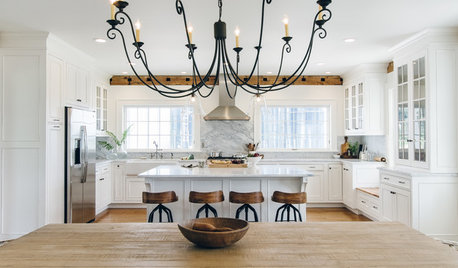
WHITE KITCHENS4 Dreamy White-and-Wood Kitchens to Learn From
White too bright in your kitchen? Introduce wood beams, countertops, furniture and more
Full Story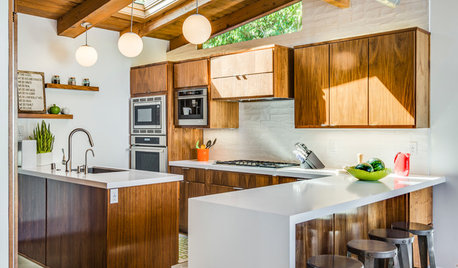
KITCHEN CABINETSNew This Week: 3 Modern Kitchens That Rock Warm Wood Cabinets
Looking for an alternative to bright white? Walnut cabinetry offers the perfect tone to warm things up
Full Story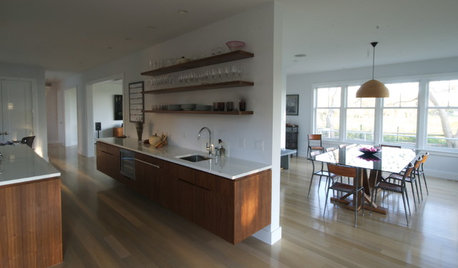
KITCHEN DESIGNThe 4 Things Home Buyers Really Want in Kitchen Cabinetry
For the biggest return on your kitchen investment, you've got to know these key ingredients for cabinetry with wide appeal
Full Story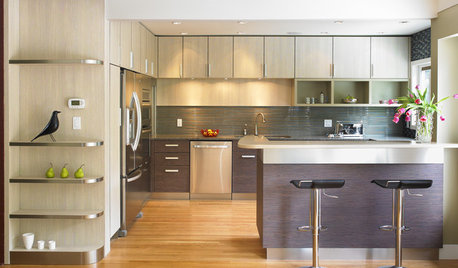
KITCHEN CABINETSGet the Look of Wood Cabinets for Less
No need to snub plastic laminate as wood’s inferior cousin. Today’s options are stylish and durable — not to mention money saving
Full Story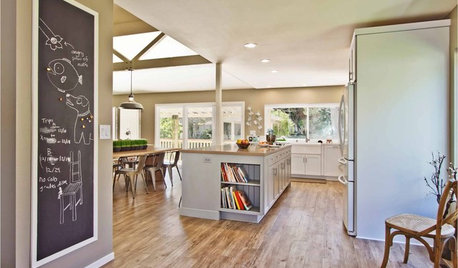
FLOORSWhat's the Right Wood Floor Installation for You?
Straight, diagonal, chevron, parquet and more. See which floor design is best for your space
Full Story
GARDENING AND LANDSCAPINGChoosing a Deck: Plastic or Wood?
Get the pros and cons of wood, plastic, composite and more decking materials, plus a basic price comparison
Full Story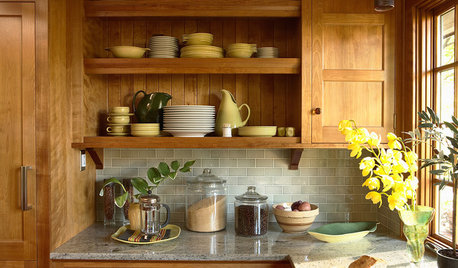
KITCHEN DESIGNWhat Goes With Wood Cabinets?
Make those high-quality cabinets look their best by pairing them with the right colors and materials
Full Story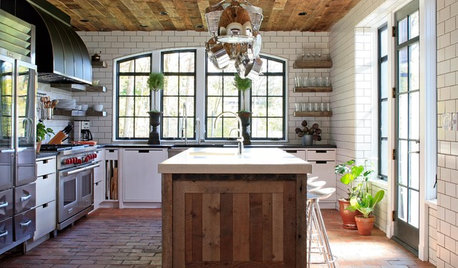
KITCHEN DESIGNWhat to Know About Using Reclaimed Wood in the Kitchen
One-of-a-kind lumber warms a room and adds age and interest
Full Story
MATERIALSWhat to Ask Before Choosing a Hardwood Floor
We give you the details on cost, installation, wood varieties and more to help you pick the right hardwood flooring
Full StoryMore Discussions






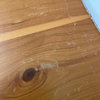


Jon1270
User
Related Professionals
Cypress Lake Carpenters · Livingston Carpenters · Pataskala Carpenters · Plainfield Carpenters · Poway Carpenters · Cedarburg Flooring Contractors · Downey Flooring Contractors · Jamaica Plain Flooring Contractors · Miami Flooring Contractors · Mill Valley Flooring Contractors · Riverside Flooring Contractors · West Chester Flooring Contractors · Midland Furniture & Accessories · Fountain Furniture & Accessories · Hilton Head Island Furniture & AccessoriestetrazziniOriginal Author
Jon1270
tetrazziniOriginal Author
Jon1270
Jon1270
tetrazziniOriginal Author
Jon1270
tetrazziniOriginal Author
Jon1270
Jon1270
tetrazziniOriginal Author
Jon1270